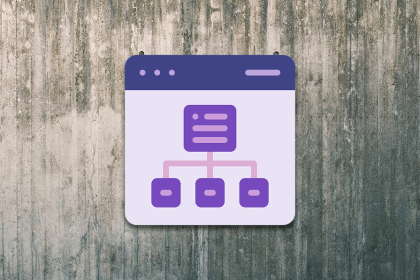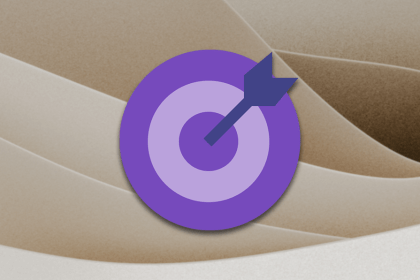
You don’t need a huge budget or a DEI specialist to start inclusive research. Just intention and the right approach. Here’s how to begin.

Here are ten great options for usability testing and what you should consider if you’re willing to invest in a usability testing tool.

Let’s break down UX benchmarking in detail to understand when you need it and how to go through the process step by step.

UX research should be easy to run and act on. ResearchOps helps you do both, but without the stress.

Empathy is a critical part of human-centered design, and it starts at the research stage. These tips will help you empathize with your users.

Think UX research requires a big budget? Nope. With the right approach, you can uncover valuable insights without spending a dime.

Along with staying organized, the tree testing user research technique can help people find what they need in a quick, easy way.
In UX research, eye tracking involves observing where test participants focus on and the order in which they navigate content.

In this tutorial, you can learn what a heuristic evaluation is and how to perform it to enhance your product and reduce usability issues.

If you want to know how your product fits into your users’ day-to-day lives, using contextual inquiry in UX research is key.

Want to catch usability issues before real users do? A cognitive walkthrough helps you refine your product’s UX quickly — no expensive studies needed. Here’s your step-by-step guide.

Use Fitt’s law to determine the best placement of information in your desktop and mobile apps with these tips and examples.